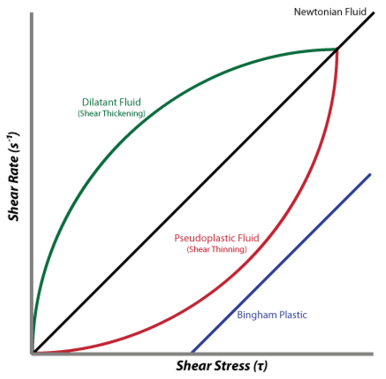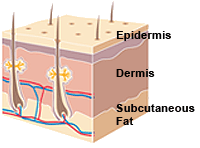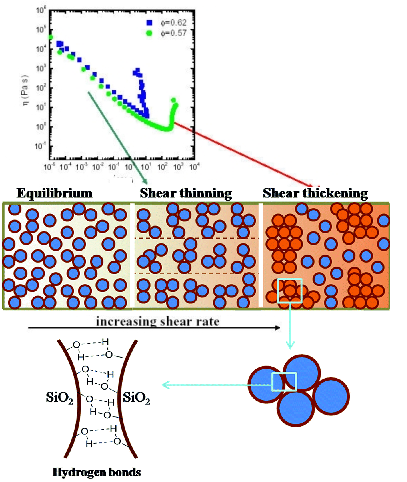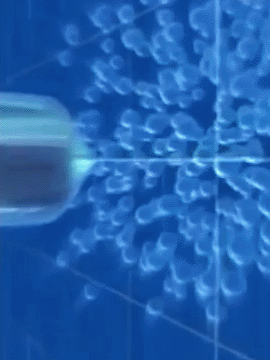Armor Body Suit (Part 1: Skin)

Let's suppose your cryptocurrencies explode in value. Let's suppose money is no longer an issue. Transport yourself mentally to that state in the not so distant future. Ok? follow me.
Probably inside you is the desire of living adventures only foreseeable in games or fiction, of becoming a hero. Helping people even in situations where violence is prevalent. Would you like to go beyond the limits of your own body?
Don't let the moral and intellectual complexities of the hero journey distract you. Focus on something simple. Action.
If you were to use something akin to Iron Man like plates, the mobility would get extremely reduced and it will be covered in the skeleton part of this mini-series.
In the future, this might be possible. Just like in the future is possible for you getting to a point this can be yours. I'm not here to talk to you about the distant future. I'm here to talk to you about what is possible within the grasp of your hand. I f only you can follow the silver thread of possibilities already in existence. Like someone who comes from the future to this era.
Skin
Rationale
Out of the functions in the skin (immunological, endocrine, thermoregulation and insulation, respiration, excretion, absorption, protection) Perhaps the most immediate to enhance its protection. The types of kinetic stress an armor should withstand are no different from normal skin just orders of magnitude higher.
Skin is a complex material from a physics perspective, as non-changing rigidity is more common state for analysis. Of course, it can also be simplified for tractability.
In a simplified version of the skin, you have three main layers:
The epidermis
is the one that must cover abrasive and tensile forces. This is achieved by shedding layers of cells that get replaced called keratinocytes. In an analysis of fracture toughness, the epidermis provides the initial plastic resistance. In piercing scenarios like the one described in the following characterization by a needle, the role of the epidermis is almost negligible. 1
Currently, there are several candidates for the material to supplement of complement the epidermis with spider silk or 2D materials like graphene. Although, collagen fibers still have some tricks like reorientation that make the cracks tips secondary to the fracture blunt.
Is not enough with having the tensile strength to stop penetration, as the image above shows. Most of the resistance actually comes from the dermis. 2
The dermis
is the layer under the surface of the skin, is the one that contains the mesh of protein fibers (collagens and elastins) that give strength, elasticity, and extensivity. Here the fibers during their reorientation give thanks to their Young's Modulus a high range of compression (5-100kPa) and tensile/torsion (25kPa - 140MPa) 3
The mesh created by kevlar or other materials doesn't protect against piercing attacks, a material to supply these properties will probably be a dilatant.
A dilatant is a type of non-Newtonian fluid that exhibits an increase in shear viscosity due to an increase in shear stress rate.

source
The resulting properties are due to Van der Waal's forces (distant dependent intermolecular forces) and the Hamaker Theory. This is dependent on the particle's size, distribution, volume fraction, shape, continuous phase-viscosity, deformation (rate, type, time) and particle-particle interaction.
This behavior is understandable by the power law equation η=Kγⁿ⁻¹; Where η=viscosity and γ=shear rate.
This evident in experiments with cornstarch and water, but at a more sophisticated level, this is achieved with the use of silica nanospheres that repel each other and form a matrix with a solution of polyethylene glycol 4. As stress increases the hydrodynamic behavior of the spheres aggregates them and forms a thigh solid.
Here you can see the material covered by the dilatant solution and how it reacts to a piercing force.
These equally charged particles in a suspension could be electrostatically or sterically stabilized to maintain the hydro-clustering.
The composite material effectively can deal with stabs by the strongest humans and projectiles of subsonic speed with ease.
The hypodermis
Aside from providing a storage of fat for shape and energy, it provides mass and support for the muscles. In the biomaterials, this layers is where the dampening of kinetic energy would occur.
A blast of kinetic energy (energy dampening is a complex topic that requires its own review) is something only sci-fi has offered solutions for. Most of the current approaches are transferences of energy using clever geometry that transform longitudinal energy to rotatory internal energy. Crystals that fracture or foams, yet nothing special that is not already in use for Advanced Bomb Suits like Kevlar and Nomex.
To get.
References:



.gif)



Congratulations @ertwro! You have completed some achievement on Steemit and have been rewarded with new badge(s) :
Click on any badge to view your own Board of Honor on SteemitBoard.
For more information about SteemitBoard, click here
If you no longer want to receive notifications, reply to this comment with the word
STOPMeh, I've read longer.
I have an idea for armour plating but no way to model or make it. I think it would work quite well and may even be somewhat modifiable for an exoskeleton and not just a vehicle. It could also not work at all.
Well, I divided it into three parts. The third part is where I'll publish the exoskeleton part.

Also, if you are thinking of something like the image down below I could invest some dogecoin into that.
damn, it looks like Homer has already stolen my concept.